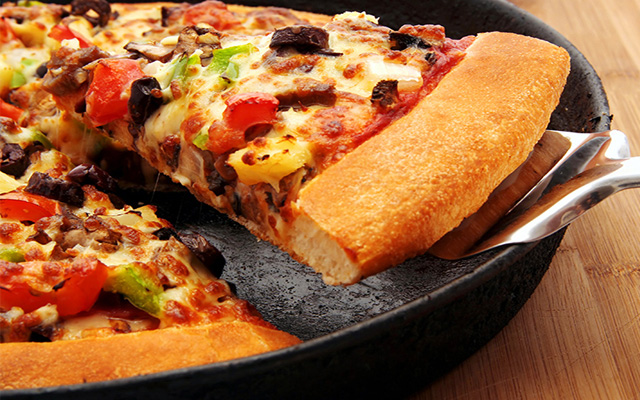Seattle Restaurant Guide
Joko's Indonesian Kitchen
(206) 522-5528
910 NE 65th Street, Seattle, WA 98115
Dining Specials
Asian
Indonesian
Casual/Family
Banquet/Party Room
Catering
Kids Friendly
Romantic
Take Out/Carry Out
Dinner
Lunch
Restaurant Description
Rijsttafel, which literally means rice table in Dutch, is believed to have been created sometime between the late 1800s and early 1900s to demonstrate the affluence of the Dutch and the luxurious lifestyle that they led during the colonial era. Common one-meal dishes were transformed with ceremony and formality into a pompous, colonial-style feast. The classic style rijsttafel ceremony involved the serving of up to 40 different, almost exclusively Javanese dishes, by 40 jongos(male waiters), bare-footed but dressed in formal white uniforms with blangkon(traditional Javanese caps) on their heads and batik cloth around their waists. The first item to be served was steaming hot plain rice, followed by soup and then came the rest of the dishes, including sambal goring(originally a hot spicy dish but the spiciness was toned down for the Dutch palate) and Dutch/Portuguese influenced semur(mildly sweet chicken/beef dish). Also on the menu were chicken, beef and vegetable dishes, prepared using various spices and traditional cooking techniques. The feast ended with several Dutch desserts and assorted fruit. During the colonial era, rijsttafel was served for one or two diners or a small group of people for lunch or dinner. From Central Java, the popularity of this lavish feast soon spread to Jakarta and the feast was also adopted by rich locals and immigrants for special occasions with the number of dishes cut down to around six or nine courses and largely foreign-influenced.
50% Off Dining Certificates at these locations...
Sorry, there are currently no reviews.
Read More Seattle Restaurant Reviews







